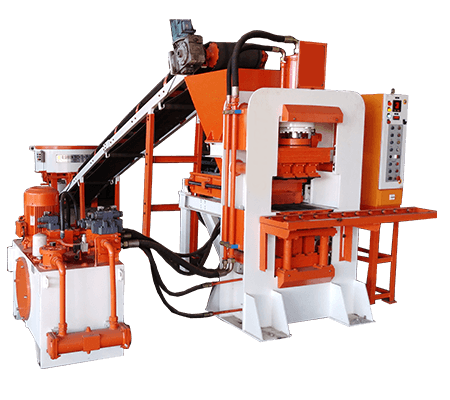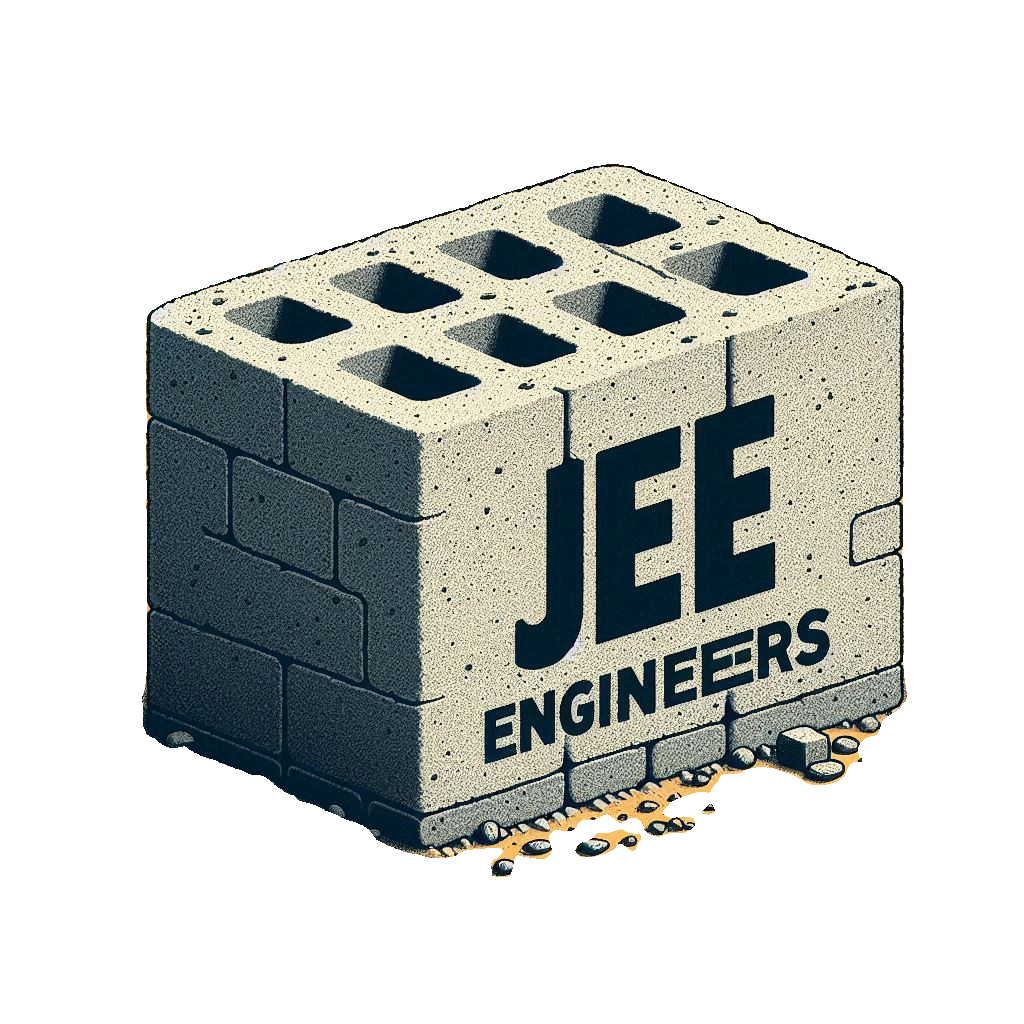What is Fly Ash?
A comprehensive guide to understanding fly ash, its properties and applications in sustainable construction

A comprehensive guide to understanding fly ash, its properties and applications in sustainable construction

Fly ash is a fine, powdery byproduct of burning pulverized coal in thermal power plants. It is a versatile material that has gained significant attention in the construction industry, especially in the production of fly ash bricks. In this article, we'll explore what fly ash is, its benefits, and why it's widely used in brick-making.

A coal combustion byproduct with excellent pozzolanic properties
Sustainable alternative that repurposes industrial waste
An excellent material for durable, cost-effective bricks
Fly ash is a residual material produced during the combustion of coal in power plants. It is collected from the flue gases using electrostatic precipitators or other filtration systems. Fly ash consists of tiny, spherical particles rich in silica, alumina, and iron, making it a valuable resource for various industrial applications.
Fly ash offers numerous advantages, making it a preferred material in construction and brick-making:
Fly ash is a key ingredient in the production of fly ash bricks due to its unique properties:
Fly ash bricks are manufactured using a simple yet efficient process:
Fly ash, lime, gypsum,
and water are mixed in
precise proportions.
The mixture is
thoroughly blended to
form a homogeneous
paste.
The paste is poured into
molds to shape the
bricks.
The bricks are cured
under controlled
conditions to achieve
optimal
strength.
The cured bricks are
dried and ready for use.
Fly ash bricks are widely used in:

Using fly ash in brick production has a positive environmental impact:
Did you know? Every ton of fly ash used in brick production prevents approximately the same amount of CO2 emissions that would result from traditional clay brick manufacturing.
Contact us today to learn more about our fly ash brick manufacturing solutions.